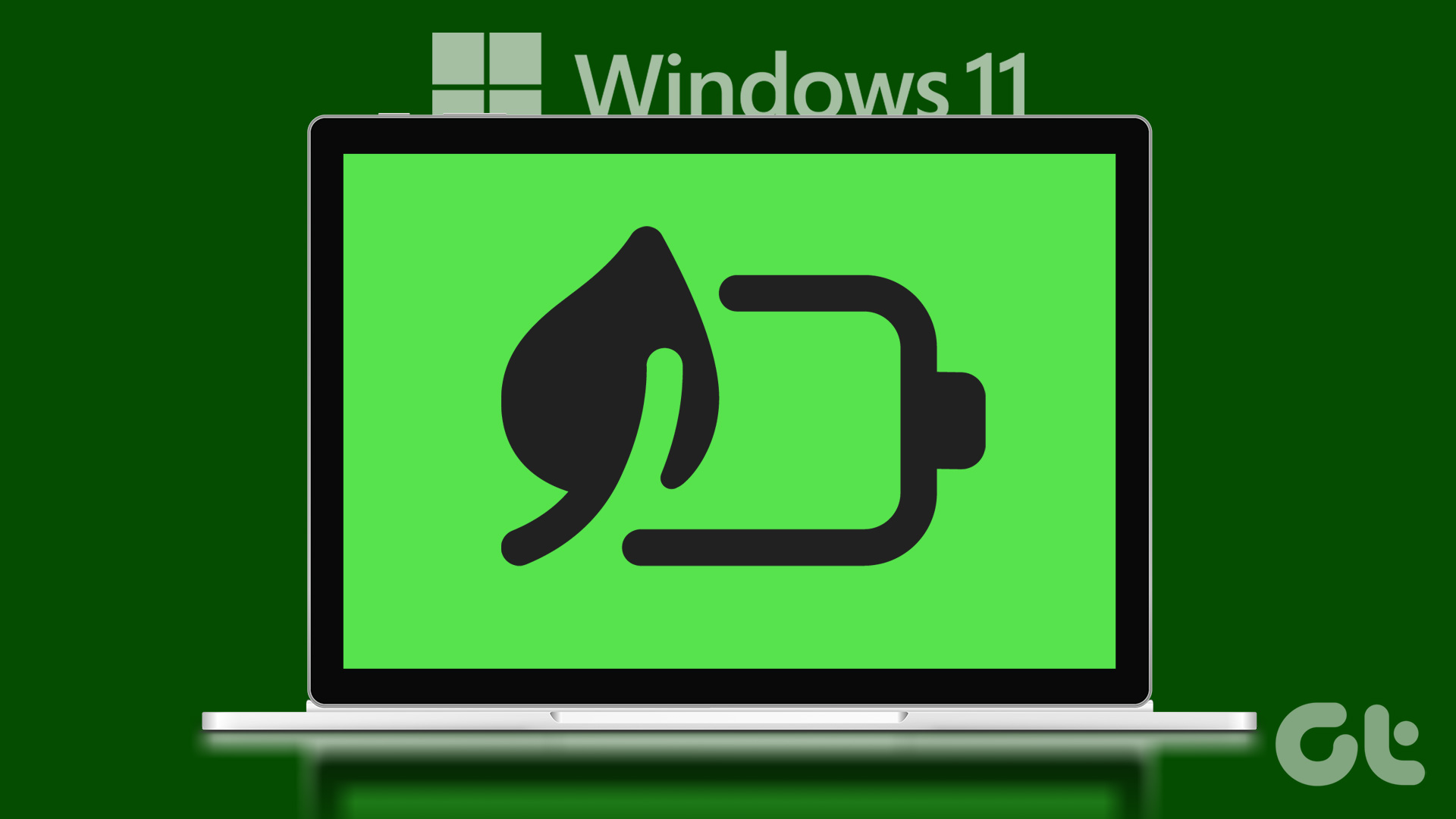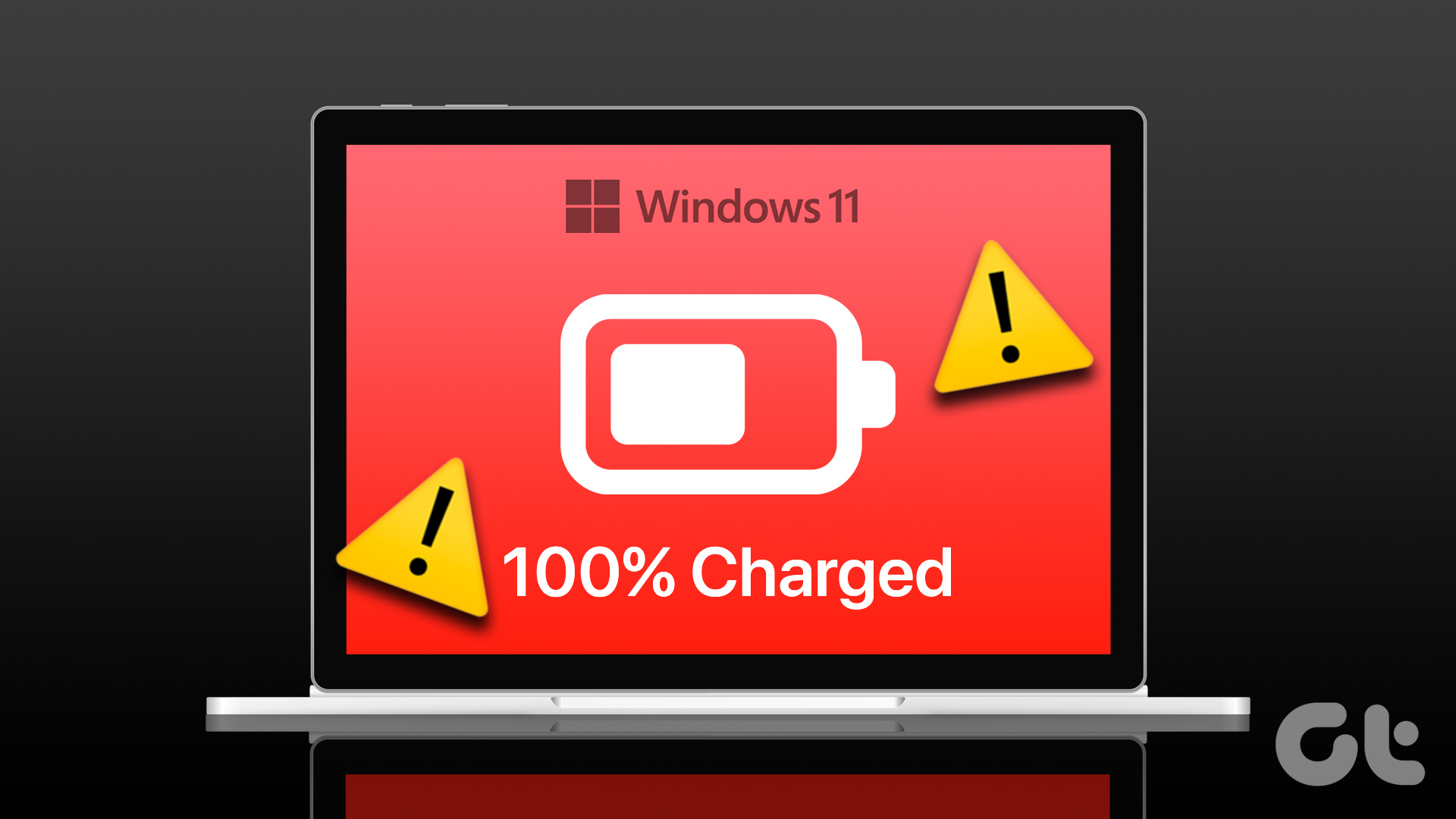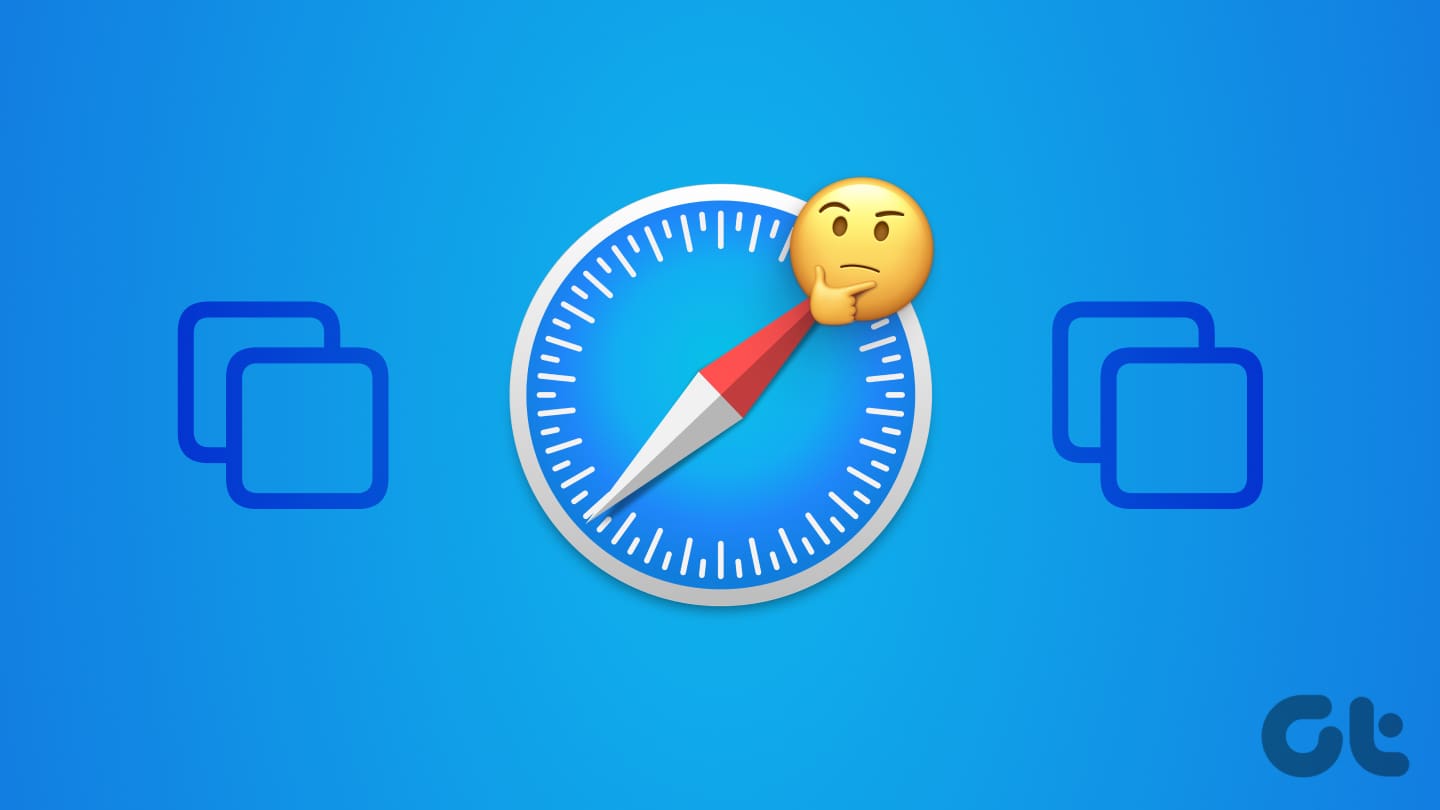This is a question which has been debated for long without any definitive answer. While there are a number of things you can do to improve your battery life, it’s unclear whether you should be using your laptop while it’s plugged in or on battery power.

Every battery can only sustain a finite number of charge and discharge cycles, after which it starts wearing off quickly.
Two types of batteries — Lithium-ion and Lithium-polymer — are prominently used to power all new laptops worldwide and although they are built using different tech, they function in similar ways.
But does it hurt the battery life if you charge it while using it?
A lithium-based battery can not be overcharged even if you leave it plugged in at all times because as soon as it is fully charged (100%), the internal circuit prevents further charging until there is a drop in the voltage.
While overcharging isn’t a possibility, keeping your laptop battery discharged is an issue. Keeping your battery in a discharged state for long periods can damage its potential to fully charge again or charge at all.
However, the answer to keeping your laptop plugged in isn’t as straightforward because it depends on a number of factors.
Lithium batteries are known for their unstable properties and there are a number of factors like voltage level, temperature and the number of times they have been recharged which contribute to their deteriorating quality over a period of time.
High voltage levels while charging can shorten a battery’s life and temperatures over 30° celsius can severely damage the battery too.
Improve the Battery Discharge Cycle
According to a study by the Battery University, you can prolong your battery’s discharge cycle by not charging it to 100% (4.2v charge/cell).
Based on the table below, charging your battery to 85-90% will double its discharge cycle from 300-500 to 600-1000.
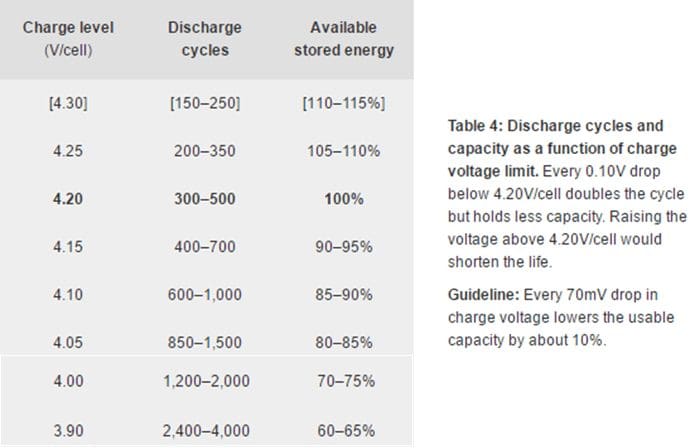
Similarly, an even lower charge at 70-75% (4v charge/cell) will quadruple the discharge cycles. But this will also mean that battery won’t last as long on a single charge.
The study concluded that the optimal charge voltage for Lithium batteries is 3.92v/cell which is roughly equivalent to 60% of battery charge.
Excessive Heat Causes Irreversible Damage
Temperatures in excess of 30° celsius can shorten a battery’s life. Even leaving your laptop at room temperatures or outdoors that exceed the aforementioned temperature is damaging to its battery’s life.
Lithium-based battery’s total charge holding capacity starts deteriorating fresh out of production and it will inevitably decrease quite a bit over a period of a year but exposing them to elevated temperatures further decreases their ability to hold a charge.
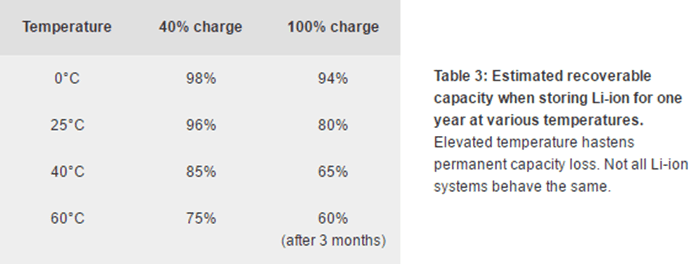
The study also outlines that the most damaging condition for a battery is when it’s stored at full charge at elevated temperatures — above 30° celsius.
Storing a battery charged at 100% at 60° celsius temperatures will result in the battery losing over 40% capacity in just three months. While storing it at 40% charge at the same temperatures will make it lose 25% charge holding capacity over a year.
Operating your laptop at high temperatures while plugged in at 100% battery charge isn’t recommended as well.
Temperatures don’t just mean the ambient temperature, but the temperature of the battery which might also be affected if your laptop is kept somewhere where heat is being trapped — such as a pillow or at a not very well ventilated spot.
Remove Battery When Plugged in? Not Really.
Until heating isn’t a factor, you do not really need to remove the battery when the device is plugged in or worry about the battery overcharging.
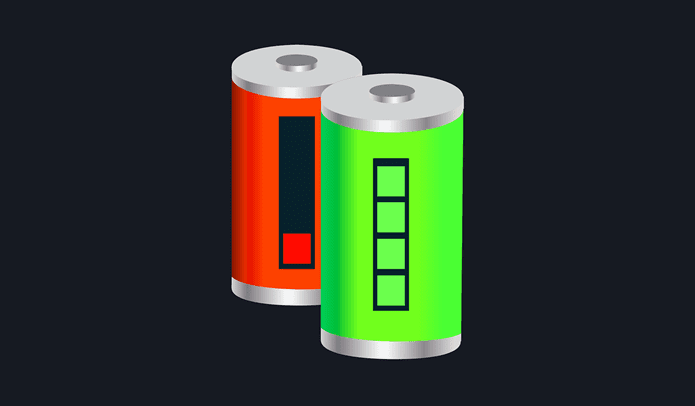
Every company has their own recommendation as to whether or not to fiddle with the battery pack or keep the device plugged in when the battery holds a complete charge.
While HP states that laptop shouldn’t be subjected to continuous charging for more than two weeks at a time, Dell has no issues if you leave the laptop plugged in at all times and Acer wants you to remove the battery at all times when plugged in.
According to Apple, “Leaving your portable plugged in all the time isn’t recommended and an ideal user would be a commuter who uses her notebook on the train, then plugs it in at the office to charge. This keeps the battery juices flowing.”
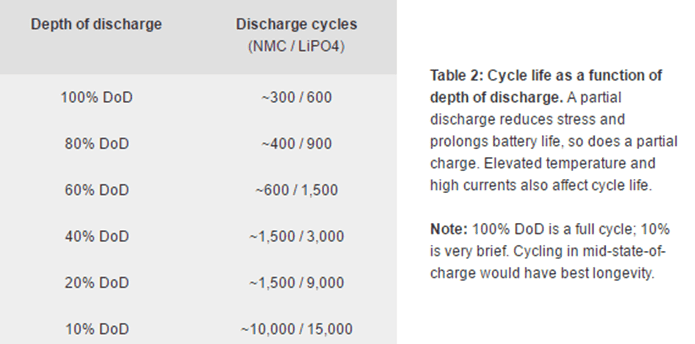
There is no straightforward answer to the question that whether or not you should keep your laptop plugged in at all times and much depends on the situation.
If you’re working at cool temperatures, then keeping your system plugged in while the battery is at 100% charge won’t be a problem but if the temperatures are elevated and the battery is fully charged then it can potentially damage the battery.
If you decide to remove the battery, don’t store it in a discharged state. Charge the battery to at least 50% but not more than 75% in order to avoid it falling into deep discharge state — which at times can also be irreversible.
Your battery isn’t going to last forever in any case and eventual deterioration of its charge holding capacity is inevitable. You can just prolong its discharge cycle and decrease the speed at which it loses its ability to hold a charge.
Was this helpful?
Last updated on 03 February, 2022
The article above may contain affiliate links which help support Guiding Tech. The content remains unbiased and authentic and will never affect our editorial integrity.






